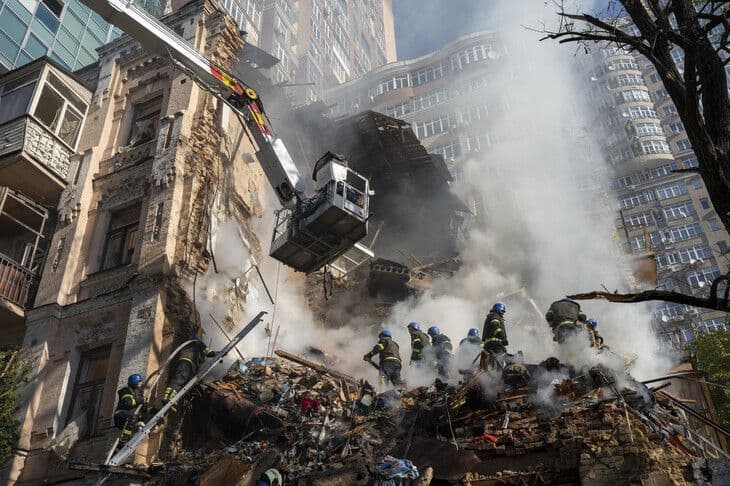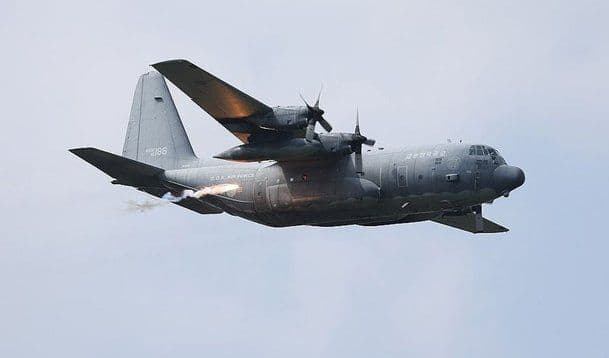Peace Talks End, Missiles Launch: The Endless Cycle of Russia-Ukraine War

When Diplomacy Meets Drones
Can you believe it? Just hours after Russian and Ukrainian diplomats shook hands at the third Istanbul peace talks on July 23, 2025, their countries were launching drones at each other. This isn't just ironic—it's a devastating reality check on the state of peace negotiations between these two nations. The attacks happened in the early hours of July 24, targeting everything from resort towns to residential buildings.
The timing couldn't be more symbolic. While negotiators were supposedly working toward ending this nearly three-and-a-half-year conflict, military operations continued without pause. The third round of talks, like the previous two in May and June 2025, ended after just about an hour with little to show except an agreement on prisoner exchanges. The fundamental issues—ceasefire conditions, territorial disputes, and security guarantees—remain as far apart as ever.
What happened overnight shows the brutal disconnect between diplomatic efforts and battlefield realities. Russia's Black Sea resort city of Sochi, typically known as President Putin's vacation spot, became a target. Meanwhile, Ukrainian cities faced their own barrage of attacks, proving that neither side is ready to back down.
Death Comes to Paradise

The Ukrainian drone attack on Sochi sent shockwaves through Russia. According to emergency authorities in the Krasnodar region, drone debris crashed into the Adler district near Sochi, killing one woman and seriously injuring another who was rushed to the hospital. But that wasn't all—Ukrainian drones also struck an oil storage facility in the Sirius area south of Sochi, triggering fires and forcing the airport to shut down operations for approximately four hours.
This wasn't just a random attack. Sochi holds symbolic importance as a luxury resort where Russian elites vacation, and hitting it demonstrates Ukraine's expanding strike capabilities deep into Russian territory. Throughout 2025, Ukraine has been conducting increasingly sophisticated long-range drone operations, targeting refineries, ammunition factories, and energy infrastructure hundreds of miles inside Russia. In early October 2025, Ukraine launched massive drone swarms—Russia claimed to have intercepted 251 drones in one of the largest waves of the conflict.
The psychological impact cannot be understated. Russians in cities far from the front lines are now experiencing the war firsthand, with airports grounded, refineries ablaze, and even nuclear power plant cooling towers reportedly struck. The war is no longer someone else's problem—it's coming home to Russia.
Ukraine Bleeds While Talking Peace
While Russia absorbed strikes on Sochi, Ukraine faced its own nightmare. Russian drone attacks hit multiple Ukrainian cities on the same night. In the southern city of Odesa, three people were injured and a nine-story apartment building was severely damaged. In central Cherkasy, a rocket attack wounded seven people, including a child. The port city of Mykolaiv also saw fires break out from drone strikes, though fortunately without reported casualties.
But the pattern extends beyond just that night. Throughout early October 2025, Russia has been hammering Ukraine's energy infrastructure relentlessly. On October 10, Russia launched over 450 drones and 30 missiles targeting energy facilities in Kyiv, causing massive blackouts and injuring at least nine people. Earlier attacks on October 5 involved more than 500 drones and 50 missiles, killing five people in the Lviv region near the Polish border—described as the largest assault on that area since the war began.
The eastern city of Kharkiv has been particularly hard hit. In June 2025, Russian forces unleashed 48 drones, two ballistic missiles, and four guided bombs on residential areas, killing at least three people and wounding 19, including two children. The attacks deliberately target civilians and infrastructure to spread terror and exhaustion among the population. As one Kyiv resident told Al Jazeera, the buzzing of drones overhead is the sound of death, leaving people feeling powerless and anxious.
The Illusion of Progress
So what exactly happened at these Istanbul talks? Not much, if we're being honest. The third round on July 23 followed the same pattern as the first two—brief meetings, vague statements, and fundamental disagreements papered over with diplomatic language. While both sides agreed to continue prisoner exchanges and humanitarian cooperation, the core issues remain unresolved.
Russia presented what it calls a staged ceasefire plan, demanding Ukrainian forces withdraw from Russian-occupied territories including Donetsk, Luhansk, Kherson, and Zaporizhzhia. Moscow also insists Ukraine must abandon NATO membership plans, lift martial law, hold elections within 100 days, reduce military forces, and essentially accept Russian annexation of Crimea and eastern regions. Ukraine flatly rejects these conditions, refusing to cede territory and insisting on complete withdrawal of Russian forces as a precondition for any lasting peace.
The international community watches with frustration. President Trump reportedly gave Russia 50 days to end the war or face additional sanctions and tariffs, but the Kremlin shows no signs of compromising. The Kremlin spokesman Dmitry Peskov stated in October 2025 that follow-up dialogue from the Istanbul negotiations is in a state of serious suspension. Meanwhile, the war grinds on, with both sides apparently more committed to military solutions than diplomatic compromises. The Istanbul talks, much like the earlier negotiations in Turkey back in 2022, seem destined to be remembered more for what they failed to achieve than for any real progress toward peace.
Discover More

This Root Looks Like a Potato, But the More You Eat It, the Better Your Digestion Gets
Discover Korean braised taro, a chewy autumn delicacy packed with mucin and fiber that soothes your stomach while delivering deep umami flavors perfect with rice.

South Korean Military Aircraft Nearly Intercepted by Japanese Fighters: What Really Happened?
A South Korean Air Force C-130 transport plane entered Japanese airspace without authorization, triggering an emergency response from Japanese fighter jets. The incident exposed serious communication failures and procedural lapses between the two allied nations.